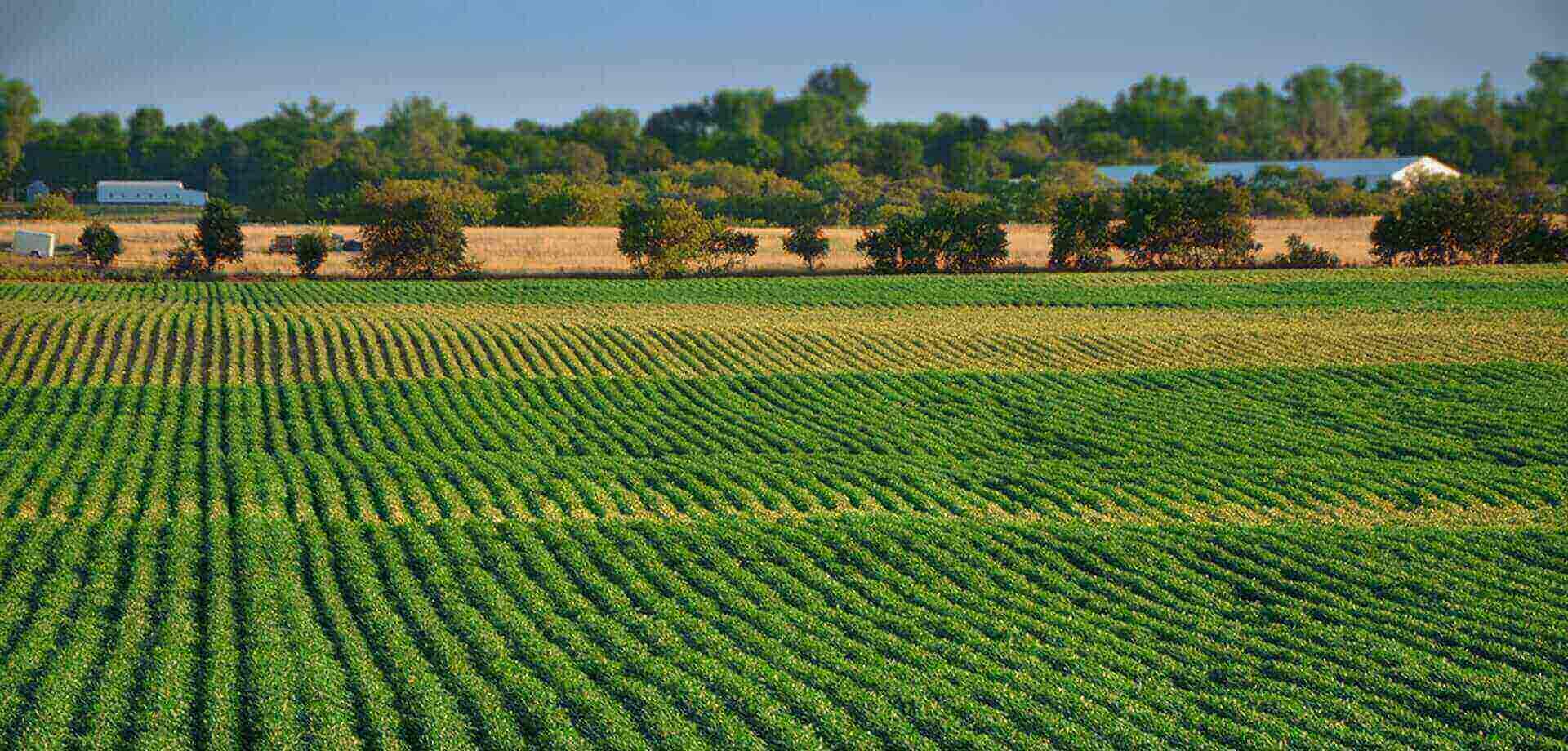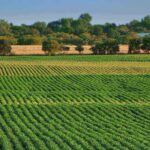Sustainable agriculture is an approach to farming that focuses on producing food, fiber and other agricultural products in a way that preserves natural resources and ensures economic viability. It aims to meet current needs while safeguarding the ability of future generations to produce and access food. As modern farming faces mounting challenges like soil degradation, water scarcity, climate change, and biodiversity loss, sustainable practices offer a long-term solution to protect the environment and improve food systems worldwide.
This method emphasizes three critical pillars: environmental health, economic profitability, and social equity. Farmers adopting sustainable agriculture aim to reduce pollution, conserve water, maintain soil fertility, support biodiversity, and create economic stability for farming communities. In addition, the system encourages resilience in food production, improving farms’ ability to withstand economic shocks and climate extremes.
Core Principles of Sustainable Agriculture
Sustainable agriculture relies on principles that address environmental preservation, financial sustainability, and social responsibility. These principles guide farming systems to achieve a balance between productivity and ecological harmony.
Environmental Health is the foundation of sustainable agriculture. Practices like crop rotation, cover cropping, minimal tillage, and integrated pest management help conserve natural resources. By improving soil health, conserving water, and enhancing biodiversity, farmers ensure long-term productivity. Healthy ecosystems also play a vital role in pest control, pollination, and nutrient cycling, reducing the need for chemical inputs like pesticides and fertilizers.
Economic Profitability ensures that farming remains financially sustainable for farmers and their communities. Practices that reduce input costs, like switching to organic fertilizers, optimizing irrigation, and minimizing tillage, improve the economic efficiency of farms. Additionally, diversified operations—such as integrating livestock with crops or exploring new markets—help protect farmers from financial instability caused by fluctuating commodity prices, crop failures, or economic downturns.
Social Equity focuses on the well-being of farmworkers, communities, and consumers. Sustainable agriculture supports fair wages, ethical labor practices, and safe working conditions. It also emphasizes equitable access to healthy, nutritious food, particularly in underserved areas, fostering food security and social resilience.
Important Practices in Sustainable Agriculture
Sustainable agriculture incorporates various proven techniques to conserve resources, boost productivity, and promote ecological balance. These practices enable farmers to produce high-quality food while minimizing environmental harm.
Crop Rotation and Diversification
Crop rotation involves planting different crops in a sequence over several growing seasons. This method reduces the risk of pests, diseases, and soil nutrient depletion. For example, alternating nitrogen-fixing crops like legumes with cash crops helps replenish soil nitrogen naturally, reducing the need for synthetic fertilizers. Diversifying crops further improves resilience by minimizing risks associated with monoculture farming.
Cover Cropping
Cover crops, such as clover, rye, and legumes, are planted during off-seasons or between cash crops to protect and enrich the soil. They prevent soil erosion, suppress weeds, and add organic matter, improving soil fertility and moisture retention. Cover crops also contribute to natural pest management by attracting beneficial insects.
Integrated Pest Management (IPM)
IPM combines biological, cultural, and mechanical pest control methods to reduce dependence on chemical pesticides. Techniques like introducing natural predators (e.g., ladybugs for aphid control), rotating crops, and monitoring pest populations ensure targeted and minimal intervention. This approach not only protects crops but also minimizes environmental pollution.
Conservation Tillage
Conservation tillage reduces the disturbance of soil by leaving crop residues on the surface. This practice helps retain soil moisture, prevent erosion, and improve soil structure. By fostering organic matter and microbial activity, conservation tillage reduces the need for chemical fertilizers and protects soil health over the long term.
Agroforestry
Agroforestry integrates trees and shrubs into agricultural systems. Trees protect against soil erosion, improve water retention, and offer shade for crops and livestock. Farmers benefit economically from additional products like timber, fruits, and nuts, creating multiple income streams while enhancing biodiversity.
Benefits of Sustainable Agriculture
Sustainable agriculture offers numerous environmental, economic, and social benefits. By focusing on resource conservation and resilience, this approach strengthens food systems and ensures long-term productivity.
Environmental Benefits
Sustainable practices protect and enhance the environment by conserving natural resources and minimizing pollution. Techniques like reduced tillage and cover cropping improve soil fertility, while integrated pest management reduces chemical runoff into water systems. By supporting biodiversity, sustainable farming strengthens ecosystems, ensuring natural pest control, pollination, and nutrient cycling.
Economic Benefits
Farmers benefit from reduced input costs through techniques like crop rotation, natural pest management, and efficient irrigation. Diversified operations lower financial risks by creating additional income sources, such as agroforestry products or livestock integration. By producing higher-quality, sustainably grown food, farmers can also access premium markets that value environmentally friendly practices.
Social Benefits
Sustainable agriculture improves food access and security, particularly for marginalized communities. By supporting local food systems, it reduces dependence on imported food and strengthens rural economies. Sustainable farming also prioritizes fair labor practices, ensuring safe working conditions and equitable wages for farmworkers. This focus on social equity promotes stronger, healthier communities.
Challenges to Implementing Sustainable Agriculture
While sustainable agriculture offers significant benefits, the transition to sustainable methods presents several challenges. Many farmers face economic, knowledge, and systemic barriers during the shift.
Initial Costs
Transitioning to sustainable practices may require upfront investments in new equipment, infrastructure, or training. For example, adopting conservation tillage or installing efficient irrigation systems involves initial financial outlays that may be prohibitive for small-scale farmers.
Knowledge and Training Gaps
Farmers may lack the education or technical expertise needed to implement sustainable methods effectively. Training programs and support systems are critical to providing farmers with the knowledge to adopt techniques like integrated pest management, cover cropping, and agroforestry.
Short-Term Yield Reductions
Some sustainable practices, such as crop rotation or organic farming, may result in temporary yield declines as ecosystems adjust. While long-term benefits outweigh these short-term losses, farmers may struggle with financial stability during the transition.
Policy and Market Barriers
Inadequate policy incentives or subsidies for sustainable practices can discourage adoption. Additionally, global market pressures and consumer demand for inexpensive food may prioritize quantity over sustainability.
Conclusion
Sustainable agriculture offers a practical, long-term solution to global challenges like environmental degradation, food insecurity, and economic instability. By implementing practices such as crop rotation, cover cropping, conservation tillage, and integrated pest management, farmers can improve productivity while protecting natural resources. The benefits extend beyond the farm, enhancing food security, boosting rural economies, and preserving ecosystems.
Although transitioning to sustainable agriculture poses challenges—such as financial costs and knowledge barriers—the long-term rewards are substantial. Collaboration among policymakers, farmers, and consumers is crucial to creating systems that promote sustainability and equity. With innovation, education, and investment, sustainable agriculture can ensure a resilient and thriving food system for future generations.





